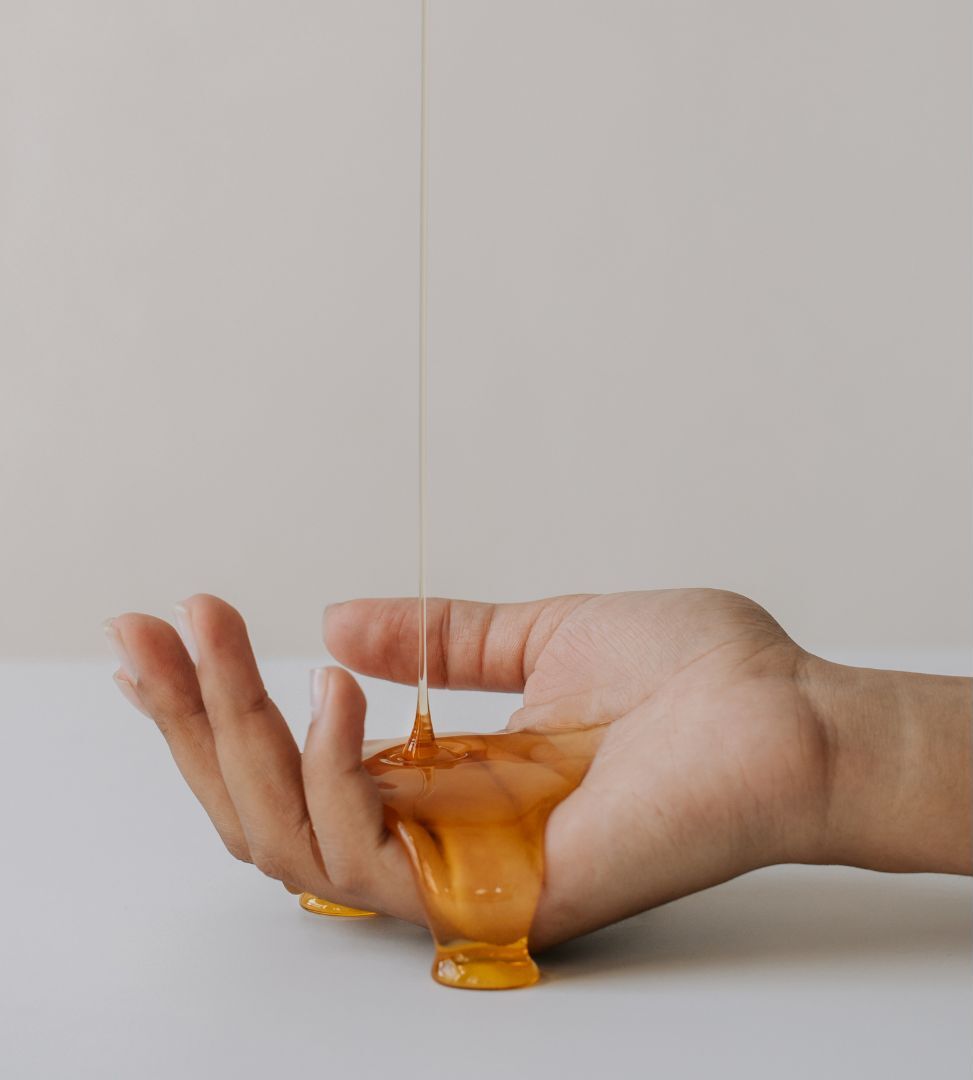

You might be familiar with manuka honey’s use in food and drink — even as a beauty product — but one of its most effective uses is in the treatment of wounds. In fact, honey is one of the world’s oldest wound dressings — reports of its use date back as far as 4,000 years!
With the growing number of over 6.5 million patients in the United States claimed to be affected by chronic wounds becoming a rather large health concern, it comes as no surprise to us that wound care treatment would be a current topic of importance. But what do wound care treatment and Manuka honey have in common?
Much more than a sweetener, ancient Egyptians used honey in wound care. It was a key ingredient in almost all Egyptian medicines and historically was the standard in wound treatments before WWII!
Given the current climate with more time being spent at home there’s more reason than ever to learn some alternative and natural treatment methods for wound care management that you can do yourself.
Let’s take a look at how and why 100% medical grade manuka honey, in particular, can help with wound care…
How Does Manuka Honey Provide Wound Care?
Because of its unique pH balance, high sugar content and the presence of methylglyoxal (MGO), 100% medical grade manuka honey can promote the healing of a wide range of wounds. This may include damaged tissue, cuts, abrasions, minor burns, skin ulcers and diabetic foot ulcers.
Sterilized medical grade manuka honey should be used for wound care — let’s dive a little deeper behind its dermatological magic.
It Maintains a Low pH & Contains Methylglyoxal
Medical grade manuka honey has an acidic pH — between 3.2 and 4.5. When applied to wounds, this low pH environment is conducive to healing.
Manuka honey is made from the nectar of bees that pollinate New Zealand’s native manuka plant. One of the chief distinctions between manuka honey and regular honey is the presence of higher levels of methylglyoxal (MGO).
Working in tandem with the honey’s low pH and high sugar content, MGO promotes natural removal of dead or damaged tissue (debriding), clearing the wound site while protecting the new healthy tissue, reducing scarring.
There’s a slightly interesting story behind manuka honey and its hotly-discussed properties. As recently as the 1930s, manuka was commonly believed to be a slightly substandard product. It was often given away to dairy farmers, who would feed it to their cows. Over time, these farmers noticed that these cows did not suffer from infectious diseases as often.
This was probably one of the earliest signs there was something special about manuka honey.
Interestingly, clinical studies are generating growing support for honey’s expanded use in a professional setting for wound healing. Sterilized medical grade manuka honey should be used for wound care.
How To Use Manuka Honey On A Wound
Manuka honey can be applied topically at any stage of wound healing, although be sure to consult your doctor before trying it.
Make sure to clean your hands first. You may want to use a sterile applicator, like a cotton tip or swab. Gently apply an appropriate, small amount of honey onto the wound, cut or abrasion, then cover with a dressing. Occlusive dressings — such as sterile gauze pads or adhesive bandages — will be best at preventing the honey from seeping out.
An alternative method is to apply the manuka honey directly to the dressing — this may help to cut down on any mess. When the dressing is saturated with the drainage from the wound, you should replace it. Over time, these dressing changes will become less frequent.
100% medical grade manuka wound honey is recommended for use on cuts, grazes, abrasions, minor burns, skin ulcers, slow-healing wounds or diabetic foot ulcers.
It’s important to say that if you have a wound that’s a bit stubborn and doesn’t appear to be healing, be sure to consult your doctor or a medical professional — ask them if honey is an appropriate treatment in your case. If you experience any sort of reaction to the honey, discontinue its use.
The Takeaway
So, manuka honey is pretty awesome when it comes to wound healing — but that’s not all. It’s also incredible in skin care, boasting powerful collagen production, antioxidants, and anti-bacterial to keep your skin younger-looking and free of blemishes! Shop Wild Naturals for the best manuka honey skin care line around!


